An entire encyclopedia could be written about the rise of ad-blockers, and their effects on modern Web browsing. Since around mid-2000s, ad-blockers have started to pop up left and right. With two of the most prominent being Adblock Plus and uBlock.
I think all of us can agree that low-quality and annoying ads are definitely intrusive to the overall user experience. And, there are plenty of people out there who use advertising as a means to scam or betray others. That’s just the nature of things in any path of life.
However, the deeper issues start to arise when we look at the impact that adblockers have on revenue for genuine people. Furthermore, there is the question of performance and whether adblockers hinder or improve your overall browsing performance.
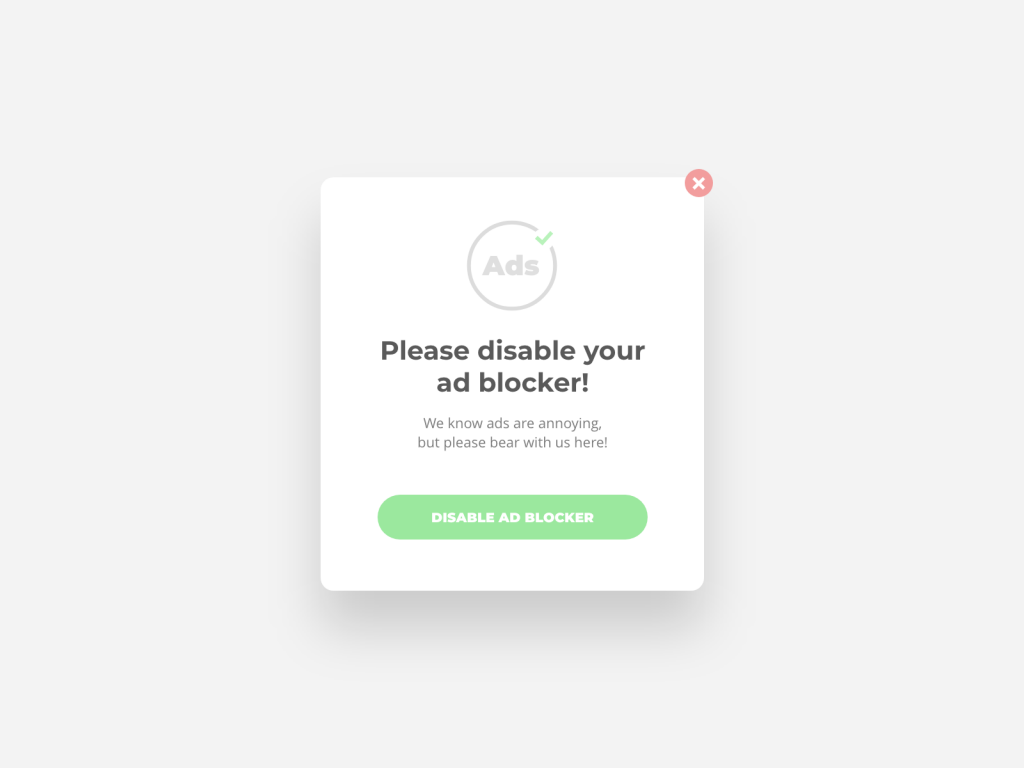
As a regular Web user, and as it is also a part of my career, I have no shame in admitting that I do use an Adblocker myself. The Web just feels a tad bit cleaner without all the crappy advertisements standing in my way. This is particularly true with blog articles, where you’ll generally have to yoke your eyes around a massive advertisement banner just to read what is being said. I find that unproductive.
But, at the same time, I’m also a blogger and someone who has earned revenue with advertisements in the past. Of course, in this situation, it hurts my bottom line because I am not making as much money as I could be making.
And it’s only getting worse for entry-level bloggers because adblocker filters are growing into more than 100,000+ blocked advertisers and ads sites.
Money aside, acceptance is key.
You can’t change the fact that someone is using an adblocker. And you’re unlikely going to change someone’s mind about it, either. Heck, browsers like Mozilla have been using in-built adblockers for years. Which isn’t entirely the route that, for example, a browser like Google Chrome is willing to take. Until now. Google does offer some automated ad-blocking, but nothing in the scope of uBlock Origin or Adblock Plus, or Firefox for that matter.
So, you/me accept the fact that adblockers are here to stay. With that said, does it mean that you should abandon traditional advertisements altogether? I don’t think so. Not if you’re being smart, or as is the purpose for this article — using one of the provided scripts or plugins to notify your users (politely!) to disable their ad-blocker on your site.
I’d like to dedicate the following article to two different sections:
- Discuss the means of notifying users about their ad-blocker use, and ensuring them that you’re running ads that are not only user-friendly but also beneficial.
- Talk about other ways in which you can earn revenue through your site besides advertisements alone. So, you can pick to stick around for both or simply grab the most convenient script/plugin and be done with it.
So, let’s start with the goodies!
Detect Adblock: Simple and effective

Detect Adblock is likely to be the most simple and efficient way to notify users about their adblocker usage on your site. It takes only a simple JavaScript snippet that you can place in your Header/Footer file and the script will do the rest.
In terms of notifying your site users who are using adblocker, there is a specific script created by the author to resolve this issue.
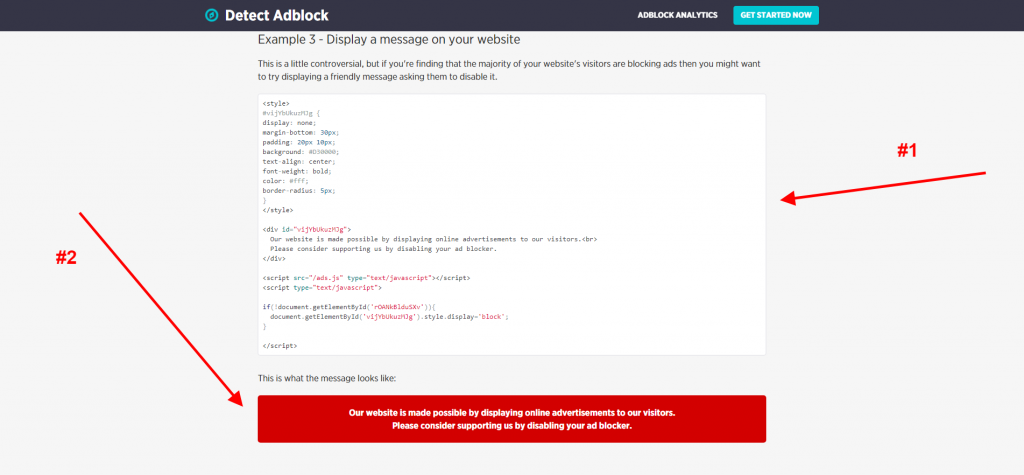
For this specific script there are two steps:
- First, you configure/edit the message you wish to display to Adblock users, and then put that inside your HTML/PHP file where you want the message displayed. It can also be made Global by putting it inside Header or Footer files.
- And the second step is the actual message itself. Again, you have full control over how it looks and what message it displays. More than that, you have the choice to choose the placement of this banner as well. As the author says, it’s a little “controversial” but should work in most situations.
Detect Adblock works on any website or blog where you have permission to edit website files. Most hosting companies let you do this by default.
Admiral: Fostering visitor relationships

Admiral is probably one of the earliest brands that started to provide solutions to bloggers that were losing revenue due to Adblocker usage. Over time, the brand has evolved to provide full-fledged solutions for fostering reader relationships through many different means. And those are:
- Adblock Recovery
- Digital Subscriptions
- Privacy Consent
- Email Subscriptions
- Social Growth
For this article, we only care about Adblock Recovery.
Not only does Admiral provide ways to notify Adblocker users, but also a full analytics dashboard. This dashboard is an invaluable asset to understanding how much revenue you’re losing out on, how many people are actually blocking ads on your site, and more.
Further, Admiral takes care of things like whitelisting, advertisement reinsertion, and beginner-friendly setup. I encourage you to examine the Pricing options because it’s an entirely unique way of charging for a product. E.g. Admiral will take a share of your recovered revenue as opposed to charging a flat monthly/yearly rate.
MailOptin: Adblock detection made easy
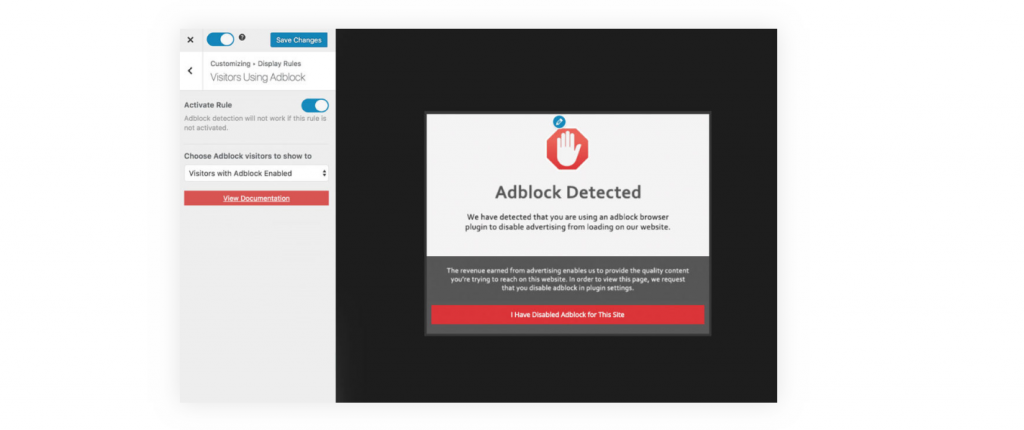
MailOptin can help you detect site visitors that arrive on your WordPress site that are using AdBlock, AdBlock Plus, uBlock, uBlock Origin, and other built-in browser ad blockers so you can display alternative content to them, encouraging them to whitelist your site or disable their ad blocker.
The only real difference here between other products is that MailOptin tries to cover all adblocker software and types of it. This also means that they keep their plugin frequently updated. And best of all, it only takes a single click to activate.
You don’t have to specify the individual advertisement you’re trying to get unblocked. Rather, MailOptin will simply display a message (as configured by you) that asks your readers to disable their adblocker. And fair enough, if your content is solid, I don’t see why I wouldn’t disable my adblocker to help you earn revenue for time well-spent.
DeBlocker: Straight to the point
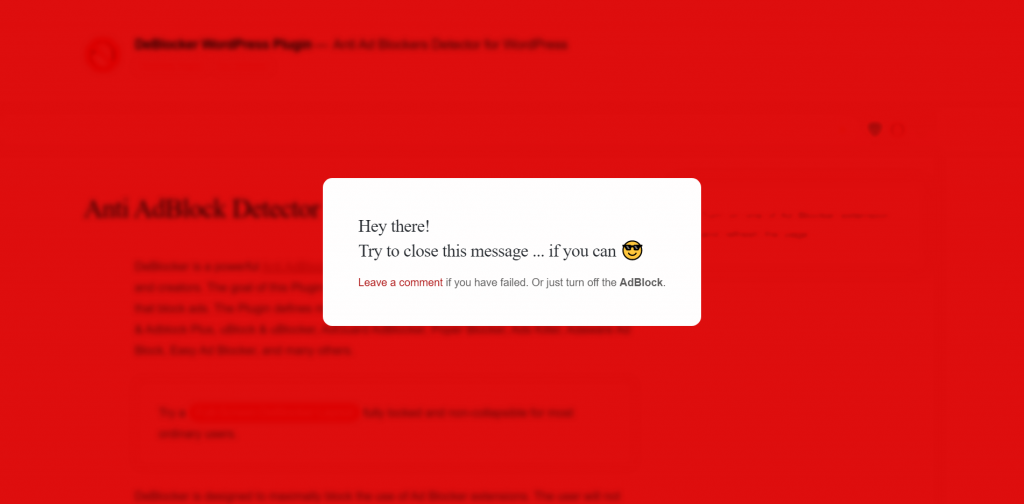
Last on the list we have DeBlocker. At first glance, the plugin seems a little terrifying with its point-blank message. But, you have all the means to configure the notification yourself. Change the shape of the notification box, adjust colors and fonts and all that jazz. It is designed specifically for WordPress and covers all major adblocker software out there. Lastly, it’s a premium plugin with a one-time price tag of $19 USD.
The plugin has been kept updated over time. As such, it is Gutenberg-friendly and has support for all major web browsers. Theme compatibility shouldn’t be an issue since the script is independent of any WordPress-specific files. Furthermore, it takes a fraction of a second to detect an ad blocker, so the notification is displayed immediately upon a reader entering your site.
Making money besides advertisements
Sure, ads are super easy to run and manage. They take little to no time to install, and you can start earning from day one. But, as you know, adblockers provide a real caveat to truly maximizing your revenue. And, perhaps, you’re not all that excited about using a plugin that is asking people to disable their ad-blocker. That’s understandable.
So, another solution would be to look into ways in which you can make money without relying on advertisements. Although there’s a great deal of them, here are the ones that I believe are the easiest to get into and provide a substantial boost to your revenue overall.
#1: Structuring an eBook
You probably have a ton of exciting blog posts that are more popular than others. Especially if you’re specializing in blogging about a specific topic. Well, one thing you could do is create an eBook that’s rounded around your most popular topics.
This way, you’re not only providing value but also removing the need for your readers to scour for information from multiple sources. Furthermore, if your eBook takes off, you’re guaranteed to get extra exposure from other influencers and bloggers.

If you have never created an eBook before, you’re going to need software to help you with the task. The two tools I recommend the most are Pressbooks, and the Beacon WordPress plugin. Both make it easy enough to produce high-quality, even interactive, eBooks on the go.
#2: Creating a video series
Any professional videographer will tell you that it’s not about the type of gear you’re using to shoot videos. It’s about the vision, the content, and the message. If you have those figured out, then filming with a potato should suffice to attract attention.
Needless to say, modern phones come with powerful 4K video filming capabilities, with phones like the latest iPhone providing up to 60FPS smoothness. The thing that’s more important is the idea behind your video series. What are they going to be about?
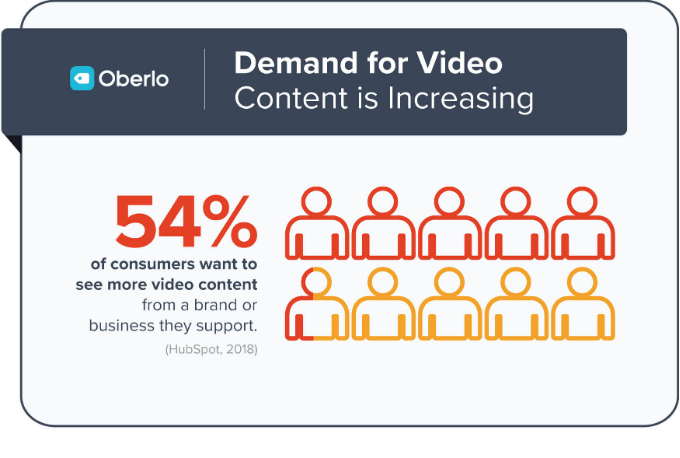
Granted, a lot of us struggle with public speaking and being at the center of attention. But, as the latest statistics show, all marketers agree that video is the next big thing in terms of building brand identity and, of course, generating more revenue.
Lastly, since you can host your videos on sites like YouTube — it’s a guaranteed long-term investment with the potential of a lot of return. Evergreen topics can remain relevant for years, and if you put in the work then there’s nothing standing in your way of attracting substantial viewership for your video content.
#3: Offering sponsored posts
When you are building your blog, you’re not just writing stories and articles. You’re gradually building a brand. A brand recognized by people, and a brand recognized by search engines. And this can be extremely beneficial to you if you’re open to new opportunities. In this case, letting others publish their content on your site for a fee.
So, why would someone want to pay money to have their content publish on your blog?
- It helps them to get more exposure through backlinks which they put inside their articles that they’re writing for you.
- It helps them to tap into the minds of your existing readership and perhaps attract a few readers to their own platform.
- It helps them to boost their overall brand presence across all search engines and indexing directories.
It’s going to help if your blog (brand) has a strong reputation and an established base. This will let you charge more per sponsored post. A newer blog (6 to 12 months) might be able to get $50-70 per post at most.
Whereas a seasoned blog that regularly has its content on Google’s top listings might take in about $350 to $500 per sponsored post. The difference is huge.

Even larger editorials like TheNextWeb are open to sponsored posts because they see the potential for earning large sums of money. The most important factor is strengthening your own brand, and then charging a sum that you feel appropriate.
Lastly, you should work out a strict ruleset for the types of sponsored posts you plan to accept on your blog. It would make no sense for a food blogger to start publishing sponsored posts about car parts. I think this is self-explanatory.
#4: Getting into affiliate marketing
And for the last avenue of making extra income, we have affiliate marketing. Technically, one of the oldest marketing techniques in the world. It’s the process of promoting a product that someone else has built. And as a blogger, you’re going to find the most success with this by promoting products that you actually use yourself.
It’s lucrative not only because you’re promoting something you trust, but also because it helps you to build a relationship with the person who’s product you’re advertising. I mean, wouldn’t you want to know more about the person who is bringing in more than $10,000 in sales for you each month. As such, you can further negotiate deals that benefit both you and your audience.
And it doesn’t stop there either. This process can be repeated for virtually any product that offers an affiliate system. E.g. When you look up the most popular hosting companies on Google, the first results you see are sites that act as catalysts (affiliates) for promoting different types of hosting companies.
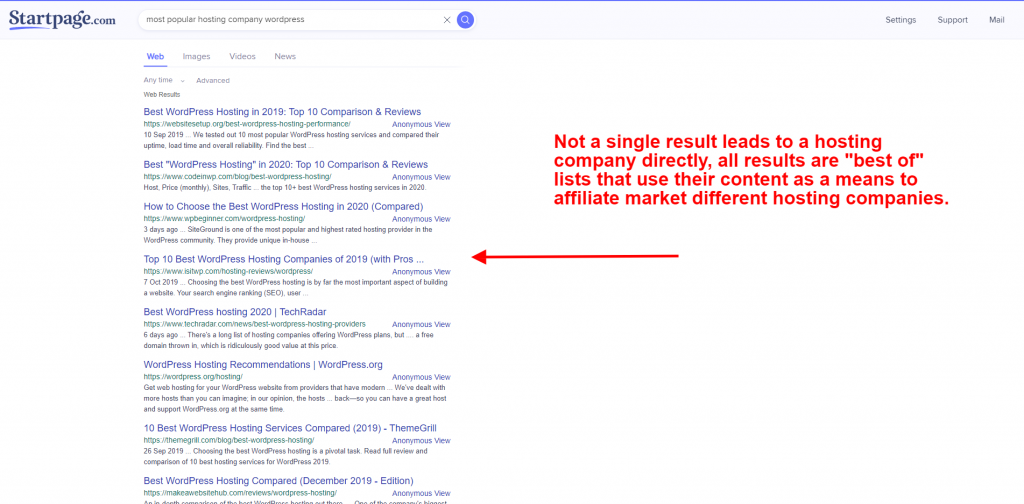
And you don’t need to focus on multiple hosting companies either. Stick to the hosting company you’re using yourself since you understand how it works.
As an example, when DigitalOcean first launched — I made around $1,500 in affiliate sales in less than a few weeks, and I still have hundreds of dollars left in credits from more than 5 years ago.
I use those credits to pay for my hosting needs on a monthly basis. I would withdraw that money if I could, of course, but DigitalOcean only lets you earn credits for all the affiliates you bring in. Still, it’s a nice reward and saves you plenty of money on hosting costs.
Which product you choose to promote and how you plan to do it is entirely up to you. Personally, I would test out a variety of different products and see which ones resonate the most with your audience. Afterward, I would reach out to the person creating the product and negotiate a better rate if you can deliver consistent sales numbers.
Closing words
Not much else to say here. Ad-blockers hinder earning potential greatly, at least until a sound compromise is found at some point in the future. Due to the impact of ad-blockers, many large publications have chosen to close out access to their entire publications and charge monthly subscription fees.
Perhaps that’s a route worth taking if you have a steady reader base, and you’re willing to deal with the business aspects of managing a subscription-based news site. Otherwise, the alternatives outlined in this article should suffice to manage your earnings at least to some extent.
If you have any personal experiences to share on this topic, we’d love to hear in our comment section down below. Maybe you’re using an alternative method to battle ad-blockers, or perhaps you have suggestions for how bloggers can earn more without the need to rely on ads alone. Do tell us.

























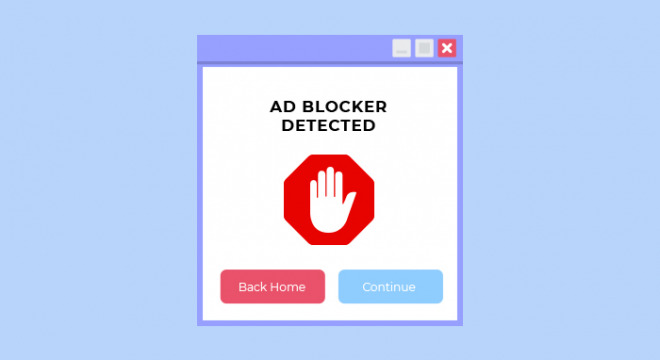



Thanks men, good job.
Thank you so much and we will keep updating things! Your feedback is very much appreciated.
Wonderful post for blocking ads thanks …
Thank you so much for enjoying our post! We hope to further supply you with information moving forward!
If you could provide me ad block notification code as in the second picture it would be great. Waiting for ur reply.